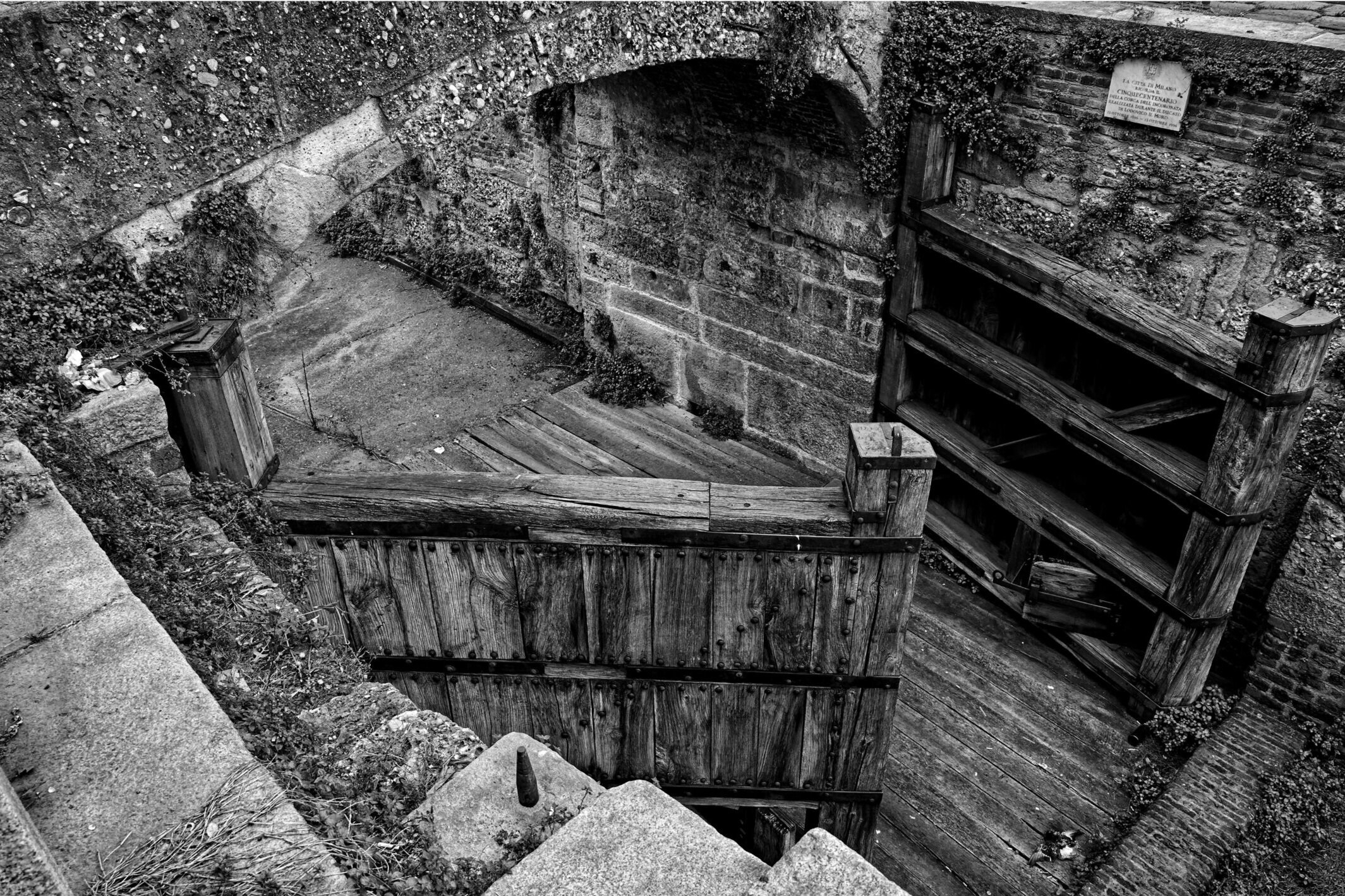The Conca dell'Incoronata, or Conca delle Gabelle, is an ancient navigation basin located in Milan which was used to easily overcome the difference in height between the Naviglio della Martesana and the Cerchia dei Navigli. It represents the only remnant of the Naviglio della Martesana within the circle of the Spanish walls of Milan; this stretch of canal was buried between 1929 and 1930 at the same time as the closing works of the Cerchia dei Navigli.
Conca dell’Incoronata, Milan, Italy
Leica Q2M
After the construction of the Naviglio Martesana, which took place in 1463, the need was felt to join this canal to the Cerchia dei Navigli; the difference in altitude between the two water courses led to the need to build a basin that could overcome this problem.
The first studies on the subject were already carried out in 1482 by Leonardo Da Vinci during his first stay in Milan, as evidenced by some design schemes reported in the Codex Atlanticus, but the basin was built only in 1496 under the dukedom of Ludovico il Moro; the direction of the works was entrusted to the engineers Giuliano Guasconi and Bartolomeo della Valle supported, of course, by the advice of Leonardo himself.
Conca dell’Incoronata
The “Conca dell'Incoronata” in 1925, when it was still operational, just before the last section of the “Naviglio della Martesana” was covered, and the water removed from the basin. In the background you can see the bridge of the Gabelle.
With the burial of the entire circle between 1929 and 1930, the basin lost its function of connection between the water channels, but even today are still visible the newsstand from the Renaissance period and the “Lock system” formed by the original gates, as well as the canal. O
On the other hand, the traces relating to the moorings for unloading goods have disappeared.
Gates
Detail of the gates of the Conca dell'Incoronata in 2021. In 1482, Da Vinci helped devise a plan to improve the navigability of Milan's Navigli. In 1496, Da Vinci created the miter lock, an ingenious locking system which is still used today. Each side of the locking mechanism is angled at forty-five degrees toward the other and uses the force of the water to control its flow.
The district of the “Conca dell’Incoronata” is rich in historical evidence, and the surrounding structures are full of a beauty and a taste long forgotten
A beautiful structure that can be found close to the “Conca dell’Incoronata”, Milan, Italy.
Leica Q2M

